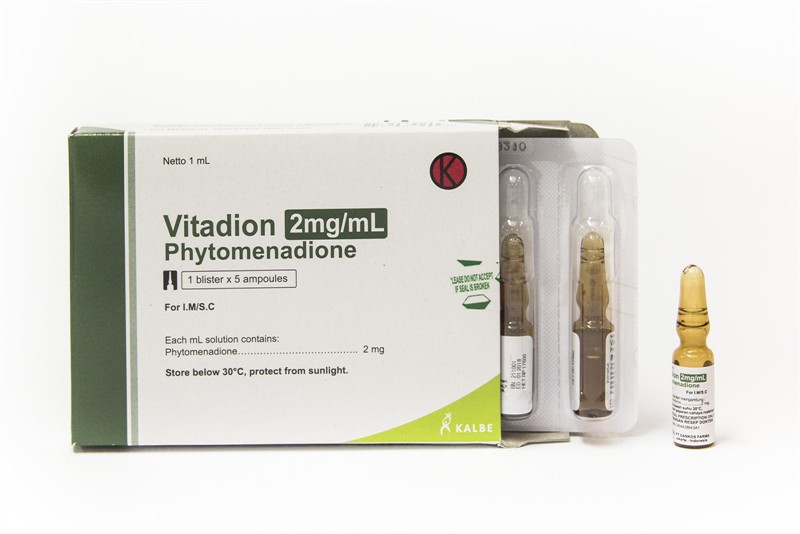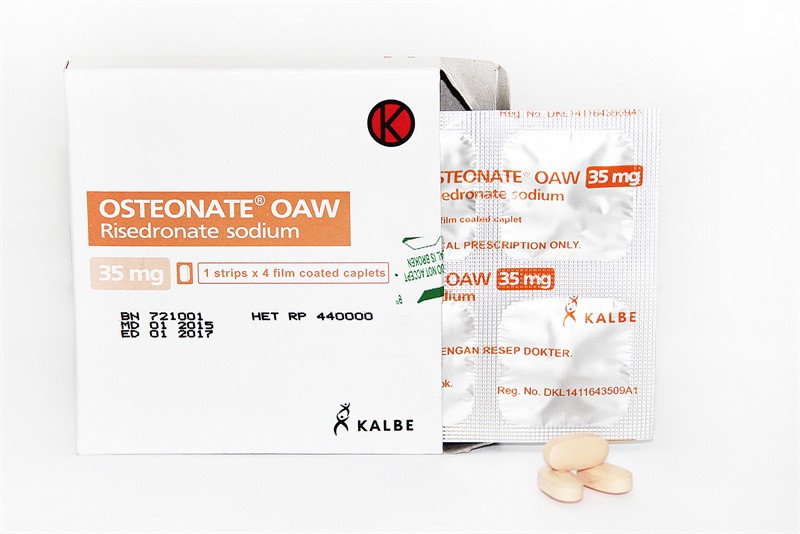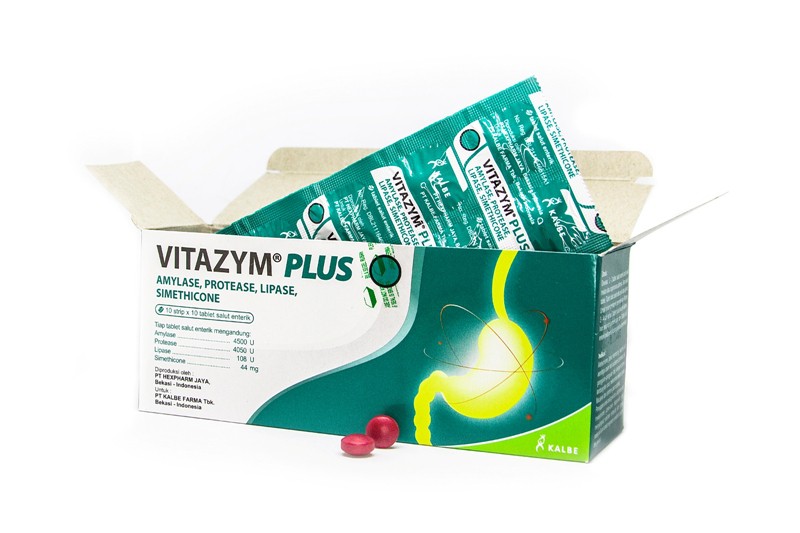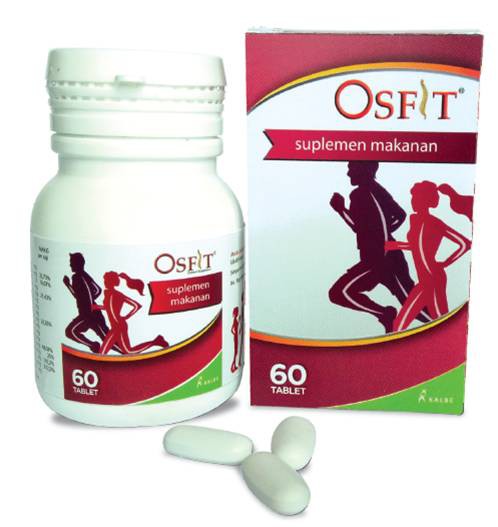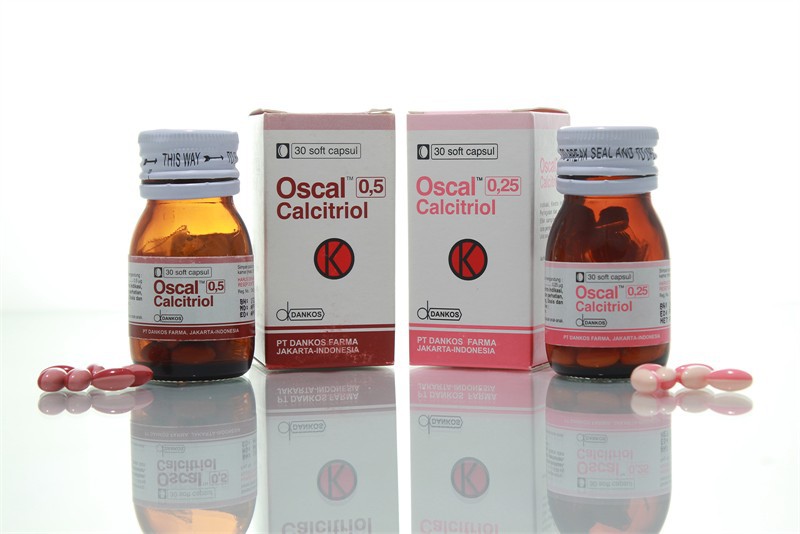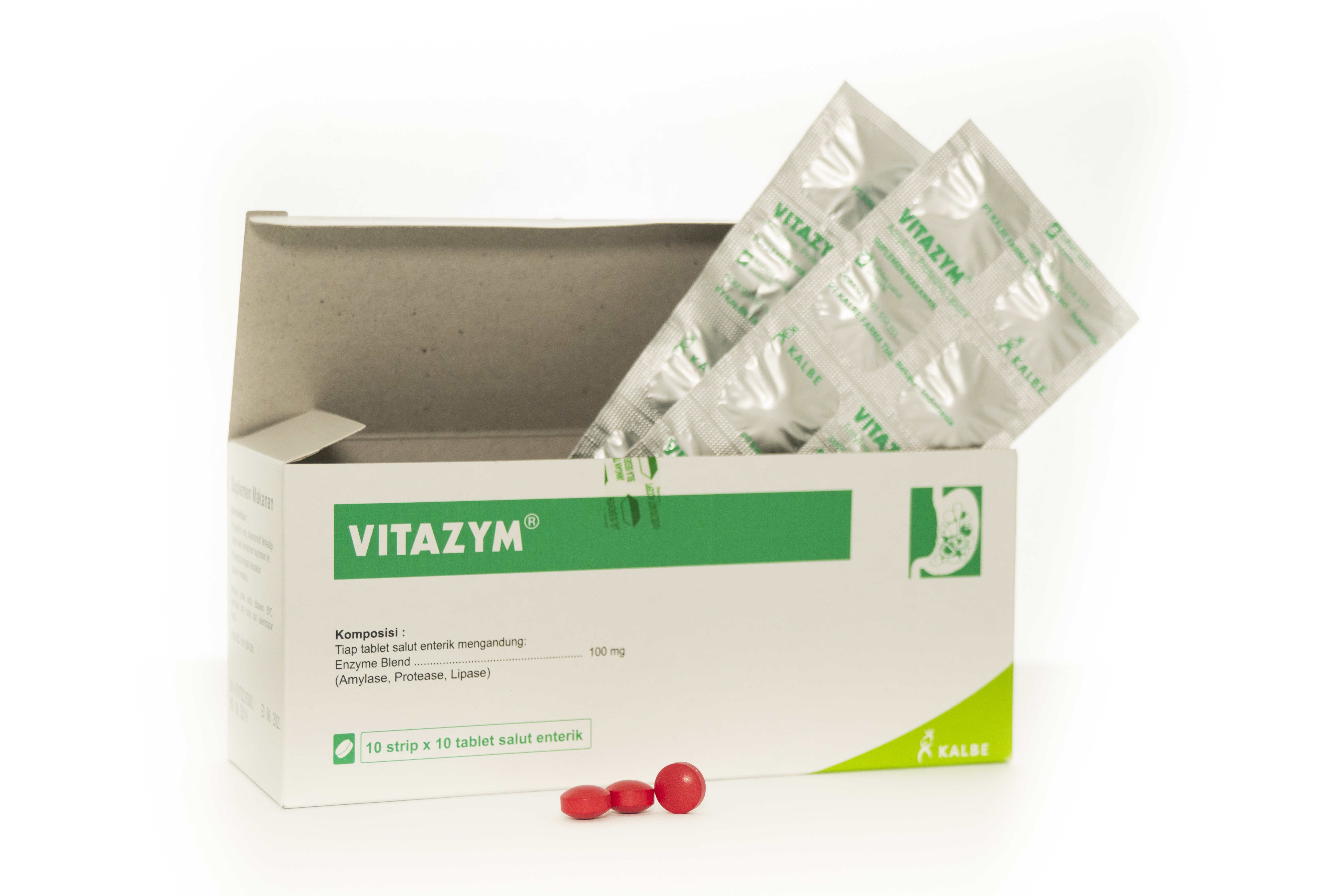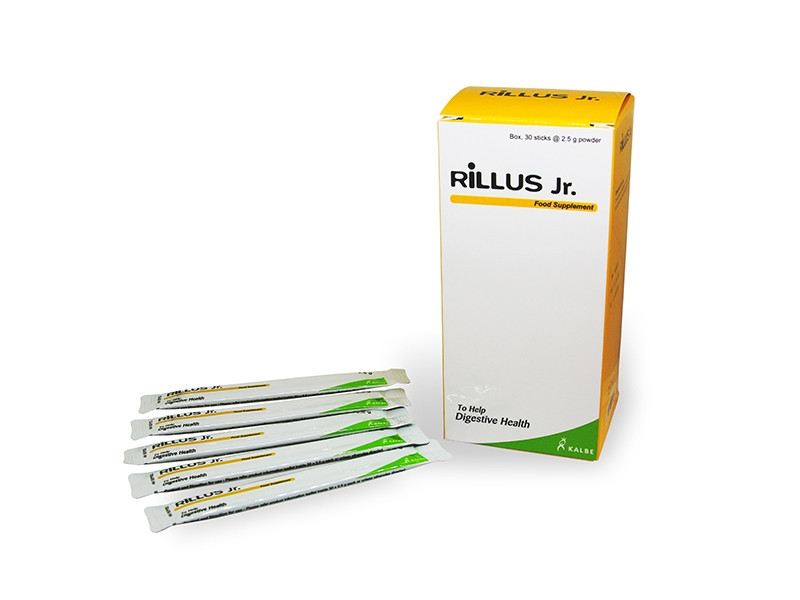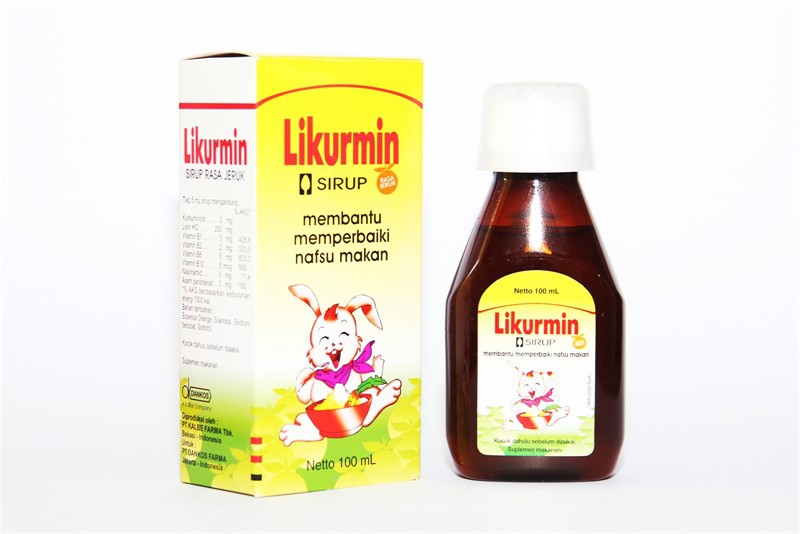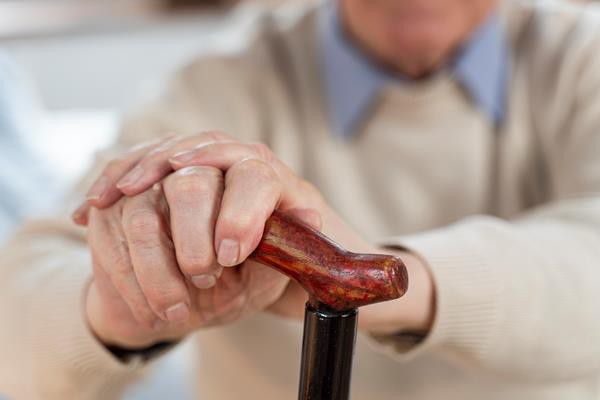
Osteoporosis adalah kondisi penurunan massa tulang dan perubahan mikroarsitektur jaringan tulang, sehingga meningkatkan risiko fraktur. Osteoporosis adalah kondisi yang asimtomatik, sehingga seringkali baru terdeteksi ketika fraktur terjadi. Mikrobiota usus menjaga homeostasis tulang melalui imunitas sistemik ataupun imunitas bawaan.
Pada kondisi defisiensi vitamin D, kejadian osteoporosis semakin tinggi. Oleh karena itu, tata laksana lini pertama dari osteoporosis adalah dengan pemberian suplemen vitamin D dan kalsium. Vitamin D berperan meregulasi pembentukan tulang dan homeostasis kalsium. Vitamin D juga meregulasi absorpsi kalsium melalui usus dan ginjal dengan mengaktivasi kanal- kanal yang memediasi difusi kalsium. Kadar vitamin D yang rendah dikaitkan dengan berbagai kelainan inflamasi dan metabolik.1
Mikrobiota usus disebutkan memiliki peran penting dalam metabolisme tulang, meliputi mikroorganisme komensal, simbion (makhluk yang hidup bersimbiosis), ataupun patologis yang meliputi bakteri, fungi, dan virus yang berkolonisasi di usus manusia. Mikrobiota usus berperan dalam menjaga fungsi sawar usus, melindungi inang dari patogen, menjaga pencernaan, dan memodulasi respons sistem imun beserta interaksinya dengan berbagai sel imunitas. Pada kondisi gangguan keseimbangan mikrobiota usus, keseimbangan homeostatis juga akan terganggu, dan inang dapat mengalami berbagai kondisi patologis. Kondisi patologis yang dimaksud di antaranya obesitas, resistensi insulin, inflammatory bowel disease, kelainan neurodegeratif, dan kelainan metabolik lainnya.1
Mikrobiota usus menjaga homeostasis tulang melalui imunitas sistemik ataupun imunitas bawaan. Selain itu, hubungan antara mikrobiota usus dan tulang dilihat dari adanya small intestinal bacterial overgrowth. Sindrom ini ditandai dengan adanya malabsorpsi nutrisi akibat rusaknya nutrisi oleh bakteria. Malabsorbsi ini tentunya juga mengakibatkan perubahan absorpsi kalsium dan vitamin D.1
Keterkaitan gangguan mikrobiota usus dengan absorpsi vitamin D dipelajari oleh Cheng, dkk (2022). Studi ini melibatkan 18 pasien dengan osteoporosis primer (OP) dan 8 pasien dengan osteoporosis berat (SOP) yang dinilai konsentrasi cholecalciferol dan 25(OH)D3-nya pada darah. Hasil studi menunjukkan bahwa terdapat perbedaan signifikan kadar keduanya antara pasien OP dan SOP, yaitu adanya korelasi positif dengan konsentrasi kedua substansi ini. Keberagaman mikrobiota usus pasien SOP lebih tinggi dibanding pasien OP. Perbedaan mikroekologi usus, terutama Bifidobacterium, berkaitan dengan perubahan absorpsi cholecalciferol dan konsentrasi 25(OH)D3 di sirkulasi.2
Efikasi dan keamanan suplemen probiotik pada pasien osteoporosis dan osteopenia dipelajari oleh Zeng, dkk. (2021) melalui sebuah studi systematic review dan meta-analisis yang melibatkan 10 studi RCT. Hasil studi menyebutkan bahwa kadar densitas massa tulang (BMD) lumbar tidak berbeda signifikan (p=0,07) dengan persentasi BMD spina lumbar lebih tinggi (p=0,02) dibandingkan kontrol. Persentase total BMD panggul juga tidak berbeda signifikan dibanding kontrol (p=0,40). Analisis keamanan suplemen probiotik menunjukkan hasil yang baik, yaitu tidak terdapat perbedaan signifikan dibanding kontrol (p=0,70). Oleh karena itu, probiotik dapat menjadi suplemen yang aman dan efektif memperbaiki BMD lumbar pasien osteoporosis dan osteopenia.3
Gambar: Ilustrasi (Freepik)
Referensi:
1. Locantore P, Del Gatto V, Gelli S, Paragliola RM, Pontecorvi A. The interplay between immune system and microbiota in osteoporosis. Mediators of Inflammation. 2020;2020:1–8.
2. Cheng J, Zhong W-L, Zhao J-W, Zhai J-H, Chen C, Chao A-J, et al. Alterations in the composition of the gut microbiota affect absorption of cholecalciferol in severe osteoporosis. Journal of Bone and Mineral Metabolism. 2022;40(3):478–86.
Zeng L, Yu G, Yang K, Hao W, Chen H. The improving effect and safety of probiotic supplements on patients with osteoporosis and osteopenia: A systematic review and meta- analysis of 10 randomized controlled trials. Evidence-Based Complementary and Alternative Medicine. 2021;2021:1–13











